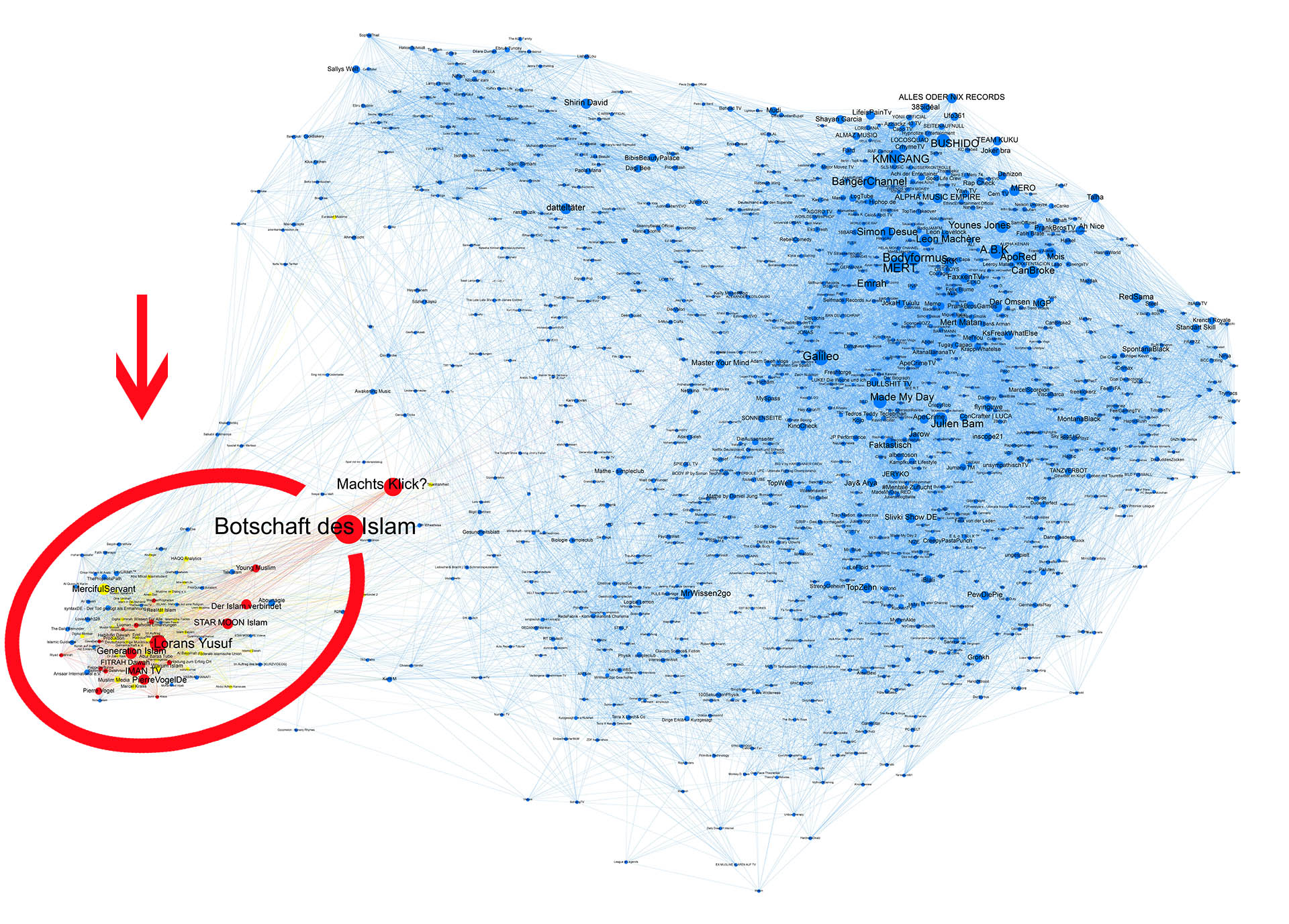ABAT Online-Salafism
Current terms, actors and trends of Salafist (online) discourses and implications for the practice of radicalization prevention
Background of the ABAT Online Salafism Project
Although Salafist online communication seems to have an enormous reach today and is also massively used for (offline) recruitment of new followers, the knowledge of both research and practice of radicalization prevention in this field is still very limited. Who the relevant actors are, what exactly is being communicated, and how best to respond in terms of prevention are still largely unknown. However, scientifically based radicalization prevention must be able to keep up with the inherent dynamics of this problem field. To ensure effective and informative work with clients, practitioners need to know which terms and narratives are used where and by which actors, what relevance they have at any given moment, and what trends are emerging. It is precisely these problem areas that the study “ABAT Online Salafism” addresses.
Focus and Benefits of ABAT Online Salafism
The aim of the project was first to analyze central concepts of Salafist thought and their embedding in current narratives and strands of discourse, and from this to identify knowledge and trends that are relevant to practice in as timely a manner as possible. Practitioners of radicalization prevention were actively involved in the project from the beginning in order to be able to compare the relevance of the analyses with the everyday experiences and challenges of working practice. With the help of the practice partner Violence Prevention Network gGmbH, it was possible for the first time to define lifeworld relevance criteria of Salafist online communication beyond click numbers. In addition, the project tested forms of quantification through online search queries. For pedagogical practice, this form of analysis and collaboration resulted in the opportunity to develop more differentiated and tailored strategies with regard to the largely untapped, heterogeneous and rapidly changing Salafist online and offline milieus.
The researched channels with a high proportion of content to be classified as Salafist or Islamist form an independent cluster on the far left of the network graph.

Die recherchierten Kanäle mit einem hohen Anteil an als salafistisch bzw. Islamistische einzuordnenden Inhalten bilden ein eigenständiges Cluster ganz links im Netzwerkgraphen.
The project “ABAT Online-Salafism” was funded by the Federal Ministry of the Interior, for Construction and Home Affairs.
